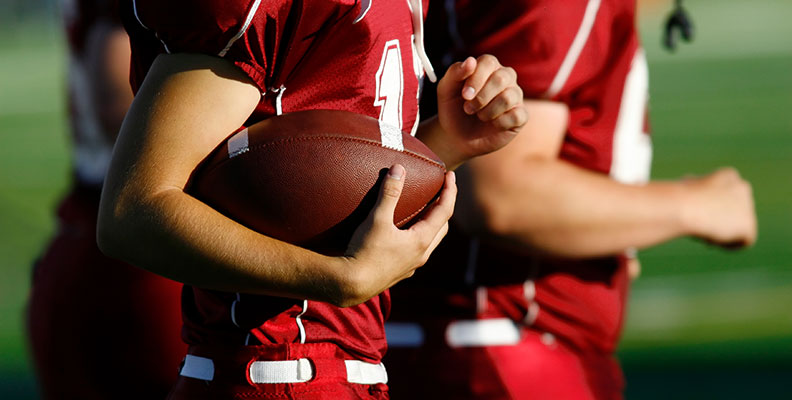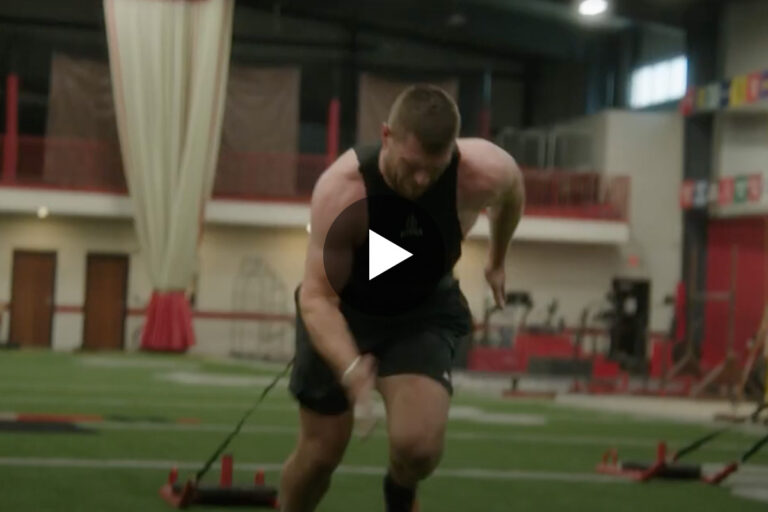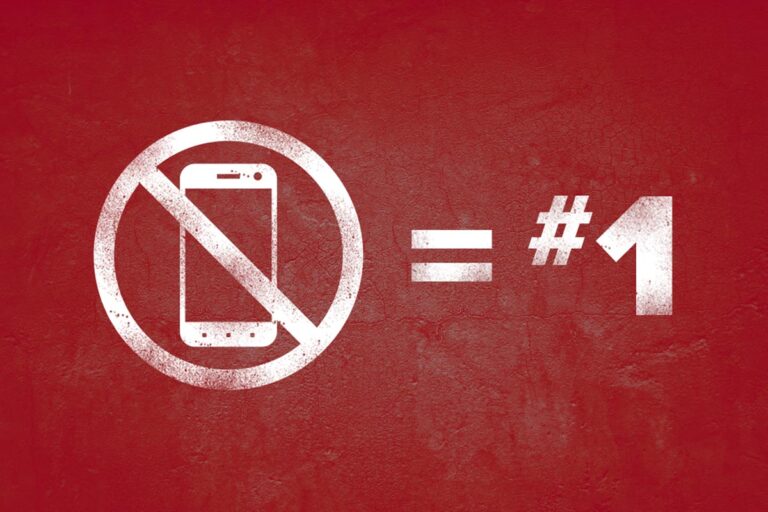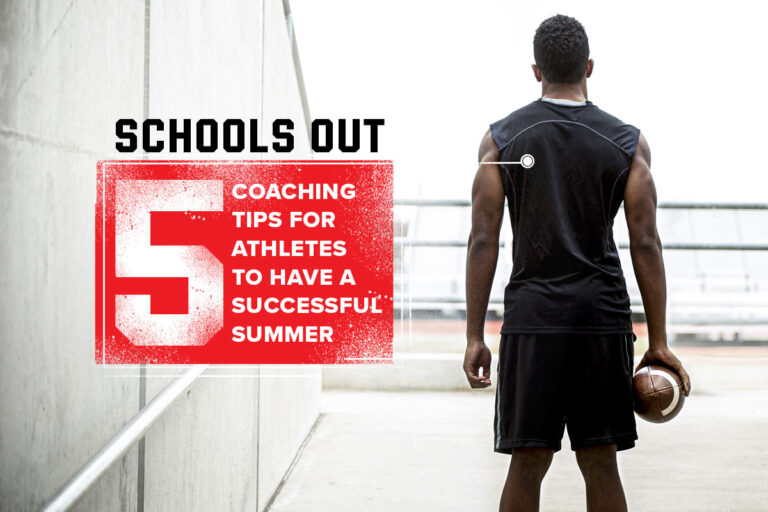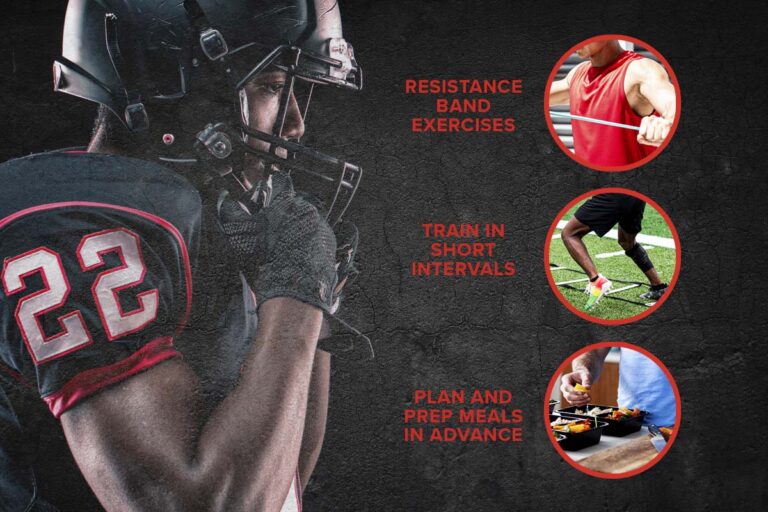If you’re a student-athlete, chances are that lots of careful consideration went into choosing the school that you’re currently attending. But sometimes, you might realize that the school you’re at just isn’t a good fit for you for a variety of different reasons. While you might be alarmed at first, this realization is actually more common than you might think.
A study from the National Student Clearinghouse estimates that almost 40% of all undergraduates who initially enroll in a four-year institution will transfer schools at least once. And while student-athletes tend to transfer less than their nonathlete peers, there are some sports like men’s basketball and tennis in which athlete transfer rates may exceed those for nonathletes.
So, let’s take a closer look at the reasons why a student-athlete might want to transfer, explore how the NCAA Transfer Portal works, and learn all about the new NCAA 1-Time transfer rule that starts with the 2021-2022 academic year.
Reasons Why Student-Athletes Might Want To Transfer
While most of the undergraduate population transfers for academic reasons, student-athletes are more likely to report transferring for athletics reasons. Some of the top reasons why student-athletes transfer are due to a lack of playing time, a mismatch between their athletics expectations and their experience, coaching issues, and wanting to play professionally in their sport. So, if you’ve found that what you were promised by your coach or your school isn’t the reality when you’re on campus, then you might want to consider transferring to a new school.
Things To Be Aware Of Before Transferring
While it’s certainly your right to transfer, it’s important to consider all of your options carefully before making any major decisions. Some questions you can ask yourself are: Will the situation at your current school be changing anytime soon? Are there any good reasons for you to stay where you’re currently at? What are the benefits of transferring right now and what are some potential downsides?
Then it’s important to seek counsel from your family, friends, former coaches and teachers, mentors, or anyone that you believe has your best interest at heart. After those conversations, if you still believe that it’s time for you to move on, then it might be the right move for you to transfer.
From there, you’ll need to decide which school is the best fit for you moving forward both academically and athletically, learn the transfer and eligibility rules for the NCAA and the new conference and school that you plan to join, and finally apply to be admitted to the school you want to attend. Doing your homework at this stage of the game is crucial. So, before you decide to transfer anywhere, make sure that you completely understand what your future position on any new team will be, learn about any potential new coaches and their coaching styles, and try to collect as much information on the school and its athletics program as you can before you make any major decisions.
And keep in mind that coaches may look at a transfer student a little differently than an athlete they’re recruiting out of high school. Coaches will want to know if there were any problems, injuries, or attitude problems with the transfer student that they’re interested in. They’re also going to want to make sure that the transfer student will be able to contribute to the team immediately, that he or she is a team player, and that she or he accepts authority. There’s also more pressure on you as a transfer student since you’re the one who needs to find a better situation, while coaches may already have all the players that they need on their teams.
What Division I Athletes Should Know About Transferring
Effective since October 15, 2018, the transfer process previously known as “permission to contact” has been changed to “notification of transfer,” according to the NCAA. Some of the benefits of ‘notification of transfer’are that it gives student-athletes more control over the decision to transfer, prohibits the current school from blocking a student-athlete from getting athletics aid at the receiving school, and it creates a transfer portal to identify student-athletes who have notified their school of transfer, streamlining the process.
The notification of transfer process involves talking to your coach and/or administration about your intention to transfer. Then once your notification of transfer is communicated, compliance will place your name in the transfer portal within two business days. After your name enters the transfer portal, you will receive an email notification, verifying a coach’s ability to contact you. Then you can select the school you’d like to attend next, and you’ll also have the opportunity to receive financial aid.
However, once your notification of transfer is signed, your current school has the right to reduce or cancel your financial aid at the end of the academic term. And while NCAA rules do not apply any consequences if a student-athlete notifies a school of an impending transfer and then does not transfer, the coach does not have to invite the student-athlete back on the team, and his or her financial aid or scholarship may also be discontinued the following term.
What Is The Transfer Portal?
“The transfer portal was created as a compliance tool to systematically manage the transfer process from start to finish, add more transparency to the process among schools, and empower student-athletes to make known their desire to consider other programs,” according to the NCAA.
Previously in Division I, student-athletes who wanted to transfer had to ask their coach for permission to contact other schools. If the coach denied the request, student-athletes would then have to explain to the athletics director why they wanted to transfer. If the athletics director denied the permission to transfer once again, the student-athletes could make the request to a designated campus advisor like a dean of students. If the request still wasn’t approved after that, the last thing that the student-athletes could do would be to appeal to a committee that consists of professionals on campus and other students. Then those who didn’t receive permission could still transfer, but they couldn’t be offered athletics aid at the new school.
Once Division I switched to a notification of transfer model for the 2018-2019 academic year, student-athletes became empowered by the change to the bylaw. After student-athletes ask a compliance administration to place their name in the portal, the school has two business days to submit the information. The transfer portal has also become a place for coaches nationwide to search for available players and explore their options.
How Does The Transfer Portal Work?
As soon as a player enters the transfer portal, his or her transfer profile can be viewed by coaches from every school. The student-athlete’s NCAA ID number, school, sport, and email address will be the only information listed on this portal. After the compliance officer submits the notification of transfer, the student-athlete’s academic and athletics history will be entered to determine his or her NCAA eligibility.
The transfer portal is sortable by sport, name, conference, division, and school. A coach can also sort by ‘most recent players to enter the portal’ and save names to a “Transfer Watch List.” Each entry also has a “Transfer Tracer” where coaches can find a player’s information. Coaches can then contact the player in order to see if the player is interested in transferring to their school. If a player is interested, schools can then set up visits.
Players can also place a “Do not contact” designation on their profiles if they already know where they want to go and don’t want other schools contacting them first. The players can then reach out to schools of their choosing. And with the notification of transfer model, student-athletes can receive financial aid immediately at their new school, as long as they leave their current school academically eligible.
For any high school athletes wondering what the transfer portal means for them, high school players who have signed a National Letter of Intent but have not yet enrolled at the university are not subject to the transfer portal. So, if any high school players want to decommit, they must request an NLI release through the school.
What’s The New NCAA 1-Time Transfer Rule?
The new NCAA 1-Time Transfer Rule allows all athletes to transfer once in their careers and be immediately eligible. Athletes in five sports, including football and men’s and women’s basketball, were ineligible in the first year that they transferred under the old transfer rules.
The new transfer legislation has led to a surge in the transfer portal as hundreds of athletes are planning on attending a new school and playing immediately. There are nearly 3,000 players between football and men’s basketball combined who are actively in the portal, according to 247Sports. At least one-third of the student-athletes who are actively in the portal are walk-ons.
Transfer rates have been soaring, and will probably continue to soar, across the NCAA. In men’s basketball, about 40% of players who enter Division I out of high school depart their initial school by the end of their sophomore year. While this is good news for current college players looking to switch teams, it might not be the best news for high school and junior college athletes. That’s because the new transfer legislation has led to an overhaul in some athletics departments, with some programs heightening their focus on current college players rather than high school and junior college athletes.
